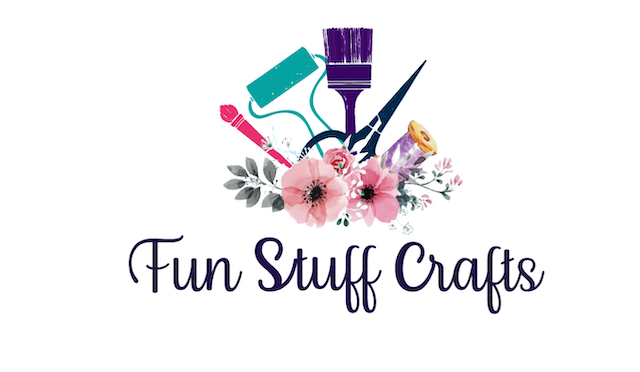As a YouTuber who posts videos about fun crafts, over the past year, I have received a ton of constructive criticism on one tutorial I had initially posted 1 year ago. I had so many comments about the video tutorial, and a terrible habit I have. I say “k” or “ok” way too often in the video. In fact, I had viewers that could not even watch the entire tutorial. So I heard the input, and I have re-recorded the audio of the tutorial and released it this week. But how do you handle constructive criticism?

Constructive Criticism 101
Constructive criticism happens when someone—usually, but not always, someone with more experience or expertise than you have—gives you feedback that is intended to be helpful. It’s different from regular old criticism in that it’s focused on finding ways to improve rather than just pointing out what’s wrong.
Unfortunately, even when it’s well-meaning, constructive criticism can be tough. No one likes being told that they’re doing something wrong, especially in my example when I am trying to inspire people to try out a new project. But, if you can learn to handle constructive criticism healthily, it can be incredibly valuable. After all, it’s only by hearing feedback and then making changes based on that feedback that we can improve our skills and grow as people.
So how can you make sure that you’re responding to constructive criticism in a way that will help you grow? Here are a few tips:
Listen carefully to criticism
The first step is to ensure you listen to what the other person is saying. It can be easy to get defensive and tune out when someone is critiquing your work. Still, if you want to use their feedback constructively, it’s important to try to understand where they’re coming from. What exactly are they criticizing? Do they have a point? Is there any truth to what they’re saying?

It can also be helpful at this stage to ask questions so that you can gain more insight into their perspective. You can also use questions at this stage to show that you’re engaged and want to better understand their perspective. For example, I would say “K” or ‘Ok’ after every step in the tutorial. Understanding why this was an issue is essential. Asking questions shows that you’re engaged with the conversation and want to understand their point of view better.
Try not to take criticism personally
This one is easier said than done, but it’s important nonetheless. Remember that when someone is critiquing your work, they aren’t critiquing you as a person. They’re just critiquing your work product. It might feel like a personal attack, but it isn’t, so try not to take it too personally. This doesn’t mean that you should ignore your feelings altogether; if hearing certain types of criticism makes you feel particularly defensive or upset, that’s normal and valid. Just don’t forget that the critique is about your work and nothing more at the end of the day.

Thank them for their feedback
Once you’ve taken some time to process what the other person has said, go back and thank them for their feedback. Even if (especially if) it wasn’t all positive. Showing gratitude shows maturity and humility, reflecting well on you as an employee or team member. Plus, thanks never hurt anyone! In my example, I can go back to let my YouTube subscribers and let then know that I re-record the audio of the tutorial and removed most of “K” and “OK” comments in the video!

Think about how you can use their feedback
Last but not least, once you’ve digested everything the other person has said, take some time to think about how you can productively use their feedback. If their critique was accurate, what changes can you make going forward? What steps do you need to take to avoid making the same mistakes again?
In my example, I pay much more attention to my voice and instructions to ensure that I am not overusing words during my tutorials!
No one likes receiving negative feedback. But, if handled correctly, constructive criticism can be incredibly helpful in furthering your goals or improving your skill set. The next time someone offers constructive criticism your way, try following these tips so that you can use their feedback productively!
For those of you wondering, the tutorial that I re-recorded the audio on was “How to Sew and Apron Using a Men’s Dress Shirt.” Check it out here!
If this blog inspired you, then check out some of my other projects for more inspiration!
Don’t forget to checkout my Fun Stuff Crafts Amazon Storefront!
Social Media Links
CLICK HERE If you want to join the Facebook Group, Crafts, and Inspiration, hosted by Fun Stuff Crafts! I share and encourage members to share tips and projects in the group. Please answer the questions to be added to the group!

